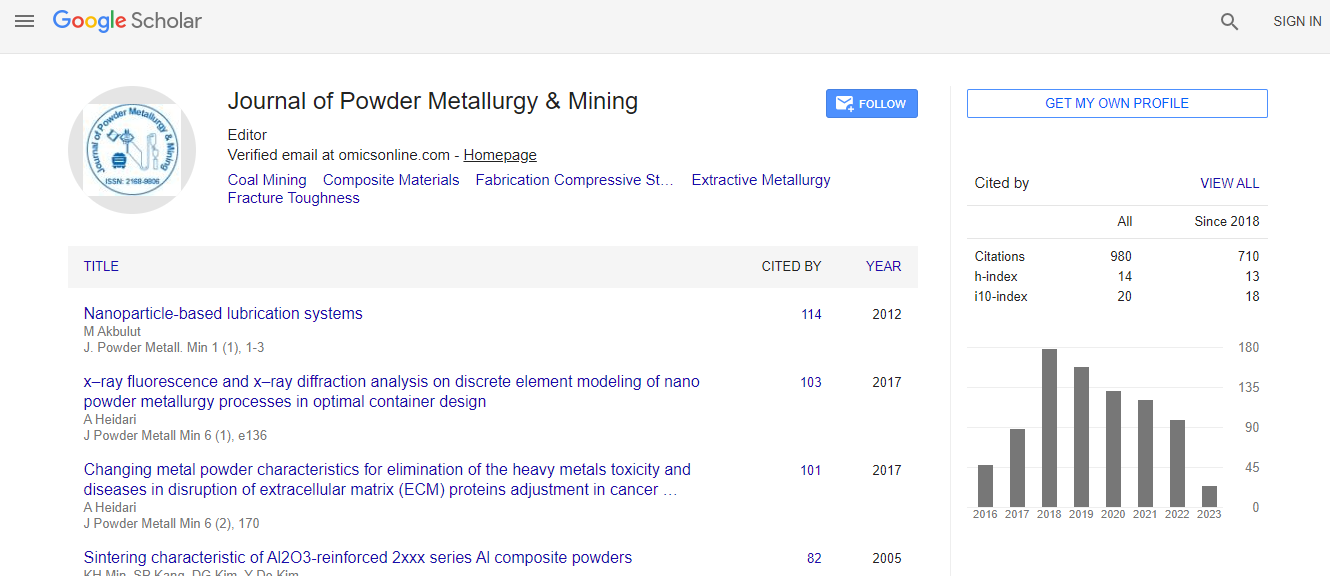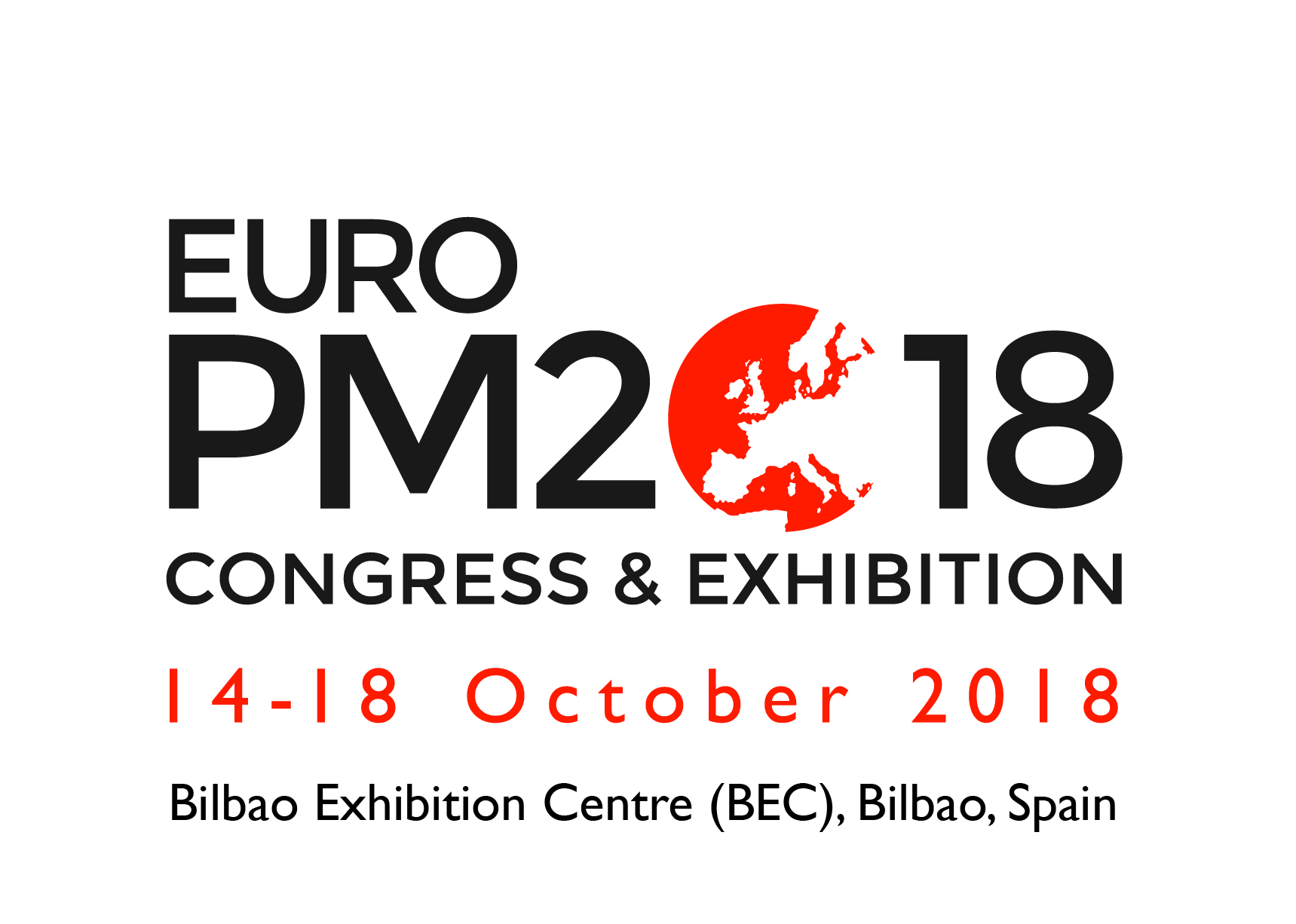Research Article
Harmonic Structure Design and Mechanical Properties of Pure Ni Compact
Ota M1, Shimojo K2, Okada S2, Vajpai SK1 and Ameyama K3*1 Research Organization of Science and Technology, Ritsumeikan University, Kusatsu, Shiga, 525-8577 Japan
2 Graduate School of Science and Engineering, Ritsumeikan University, Japan
3 Faculty of Science and Engineering, Ritsumeikan University, Japan
- *Corresponding Author:
- Kei Ameyama
Faculty of Science and Engineering
Ritsumeikan University, Japan
Tel: 077-561-5202
E-mail: ameyama@se.ritsumei.ac.jp
Received Date: May 9, 2014; Accepted Date: May 24, 2014; Published Date: Jun 5, 2014
Citation: Ota M, Shimojo K, Okada S, Vajpai SK, Ameyama K (2014) Harmonic Structure Design and Mechanical Properties of Pure Ni Compact. J Powder Metall Min 3:122. doi: 10.4172/2168-9806.1000122
Copyright: © 2014 Ota M, et al. This is an open-access article distributed under the terms of the Creative Commons Attribution License, which permits unrestricted use, distribution, and reproduction in any medium, provided the original author and source are credited.
Abstract
Conventional material developments have emphasized ultrafine grain refinement and homogenization; however, “nano and homo” materials do not usually satisfy the need to be both strong and ductile, which are of course rather contradictory characteristics. On the other hand, "Harmonic Structure Materials Design" creates a "nano- and heterogeneous microstructure", and the harmonic structure materials can overcome that antinomy through its unique microstructure. The procedure to create the harmonic structure is accomplished by using one of the non-equilibrium powder metallurgy (PM) processes called the Severe Plastic Deformation (SPD) PM process. The harmonic structure materials consist of Ultra-Fine Grain (UFG) and coarse grain structures known as “shell” and “core”, respectively. They have a network structure of continuously connected shells, and simultaneously demonstrate both high strength and elongation, especially a large uniform elongation. In the present study, pure Ni powder is processed so as to produce the harmonic structure materials. The deformation mechanism is analyzed based on the strain hardening behavior.

 Spanish
Spanish  Chinese
Chinese  Russian
Russian  German
German  French
French  Japanese
Japanese  Portuguese
Portuguese  Hindi
Hindi 

